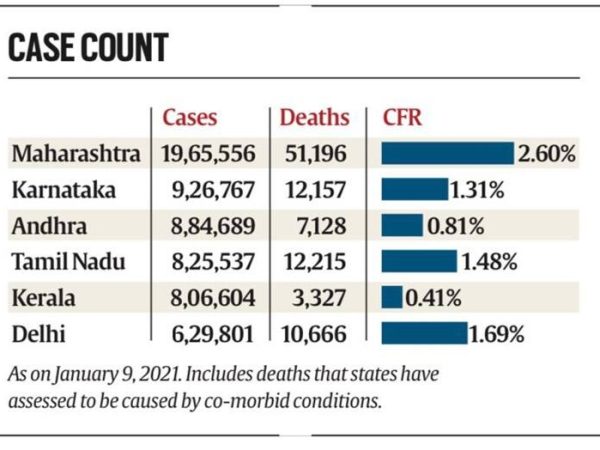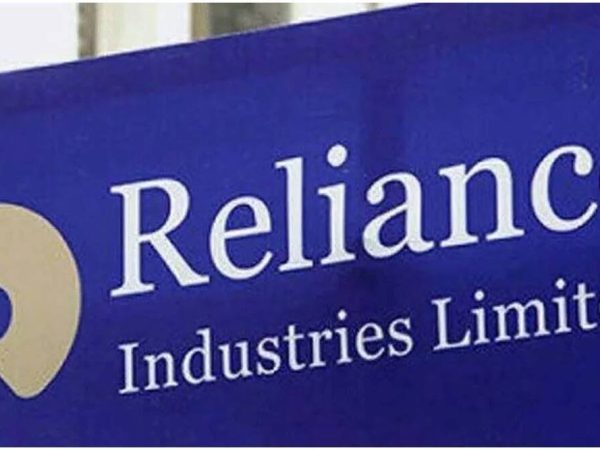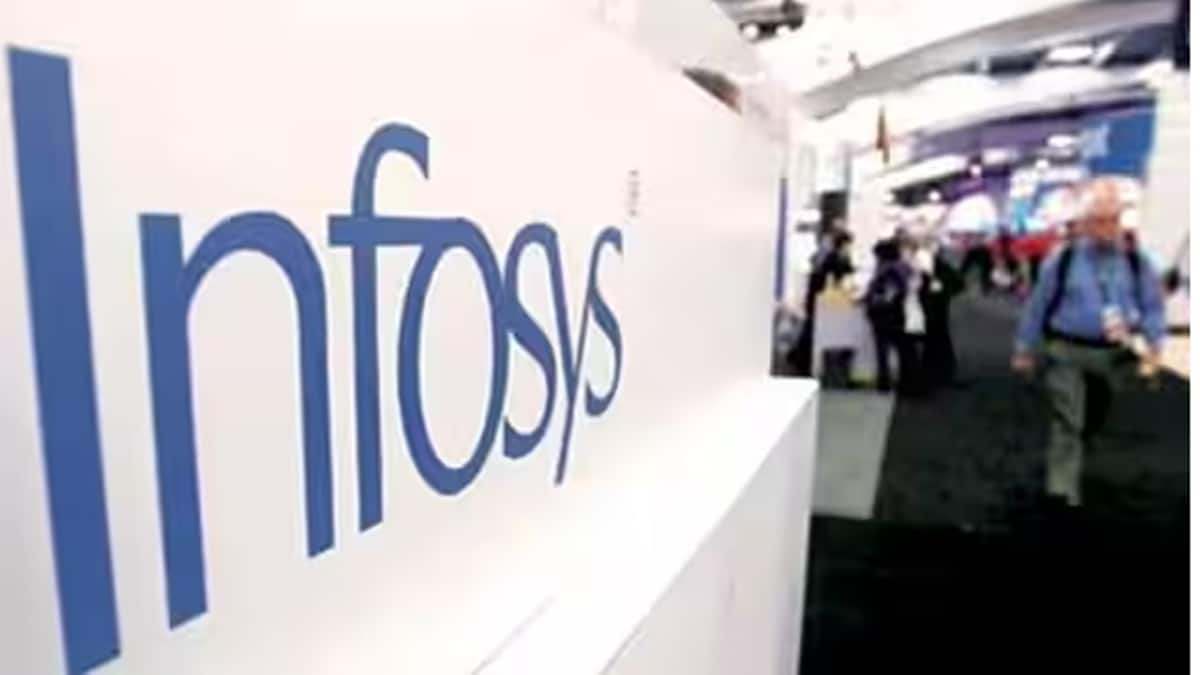Rupee hits new record low; Yuan, pound and euro crack against dollar
The rupee plunged sharply on Monday to hit a new low of Rs 81.6526 against the dollar amidst a severe weakening of several currencies, as investors sought the safe haven of the dollar. The dollar index traded above 113 levels for the first time since 2002 as deep tax cuts in the UK sent the sterling to a record low. The greenback has gained in value since the US Fed’s announcement last Wednesday it would be raising rates more than earlier indicated.
Also Read: Weakening rupee to make import of crude oil, commodities expensive, fuel inflation

Sterling made a partial recovery on Monday after crashing to a record low in the early trade as traders rushed for the exits on mounting concerns that the new government’s economic plan will stretch Britain’s finances to the limit. The British pound’s drop helped lift the US dollar to a new two-decade peak against a basket of major currencies, while the euro hit a fresh two-decade low against the greenback. China’s yuan finished domestic trading session at a new 28-month low against the dollar.
Lakshmanan V, senior VP & head – Treasury, Federal Bank, observed the rupee was bound to get impacted given how the markets had been spooked by the weakness in currencies like the pound and how investors were moving money to the safe haven dollar. “The theme of the strengthening dollar and weakening rupee could continue to play out. A lot will depend on how the RBI views the depreciation and how it chooses to act in the currency markets,” Lakshamanan said. The central bank has always maintained it does not target a level for the rupee but merely aims to smoothen volatility.
Abheek Barua, chief economist, HDFC Bank, believes the central bank should intervene to ensure that a weakening currency doesn’t eclipse India’s fundamentals. “While there might be some benefits of a depreciated currency in closing the trade gap, the damage to the capital account in terms of reduced confidence of investors will outweigh this benefit,” Barua wrote in a note. He believes more capital at this stage would help stabilise the rupee and enable the RBI to replenish its reserves chest.
Also Read: Rupee-Dollar Value: 5 things to know before investing or sending money abroad
Meanwhile, the yield on the benchmark bond rose to 7.417% in intra-day trade, a level last seen on July 21, before closing the session at 7.359%; on Friday, the yield had closed at a two-month high of 7.3926%. At the end of the June quarter, on June 30, the yield stood at 7.449%. While the markets have priced in a 50-basis points hike in the repo on Friday, when the MPC will announce its decision, bonds sold off in morning trades on Friday, as investors remain nervous. Retail inflation rose to 7% in August and has stayed above the central bank’s upper tolerance level for eight straight months to August.
Radhika Rao, senior economist, DBS Bank, expects the repo to be hiked by 50 bps given the MPC is more confident about growth than inflation. “Rate hikes and a gradual adjustment in the benchmark yields will help prevent further fall in the spreads between the Indian and US ten-year bonds, underpinning rate sensitive flows. The end-2022 repo rate could be 6.25% with upside risks,” Rao observed in a note. Federal Bank’s Lakshmanan pointed out yields on US treasuries were moving up. The RBI, he said, has been supplying liquidity to the markets through variable repo auctions thereby keeping a lid on short-term rates. The markets saw a shortage of liquidity on a couple of days last week. Soumya Kanti Ghosh, chief economist at State Bank of India, said on Monday that the government cash balances with the RBI could be as high as Rs 4 trillion, following the outflows from the system on account of advance taxes and GST.











Recent Comments